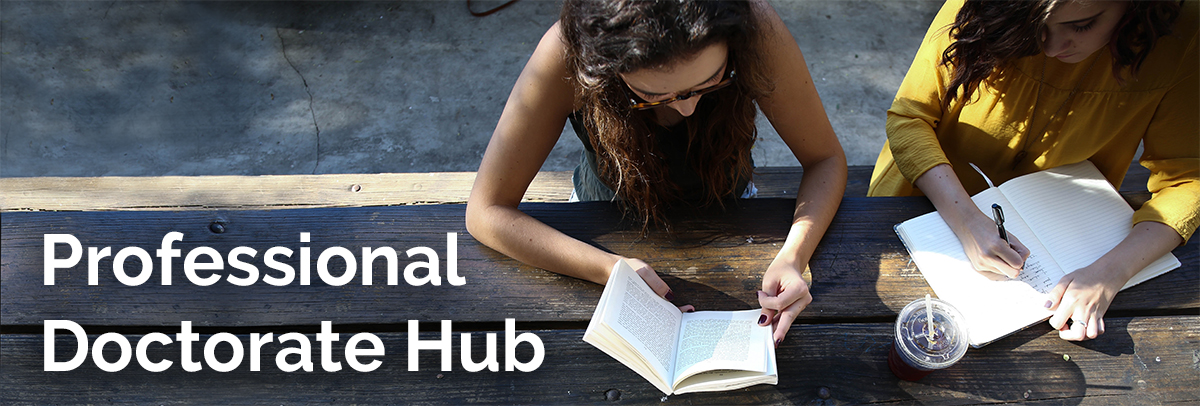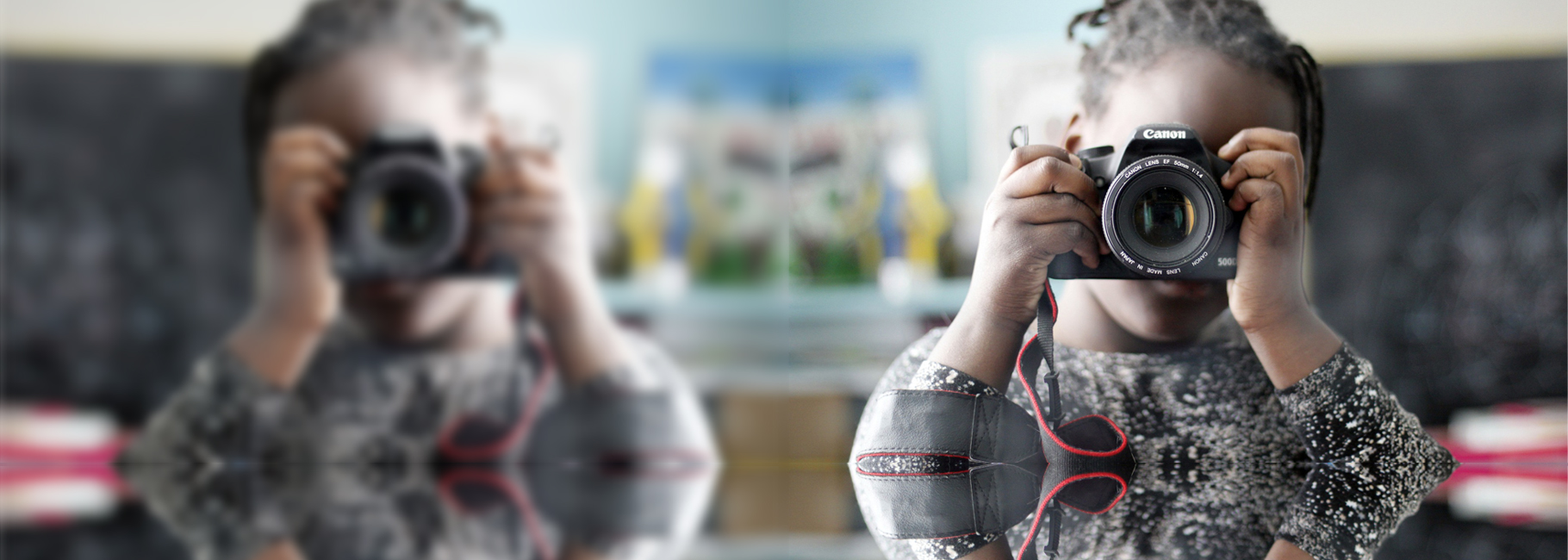
Although there is often a surprise at the idea of young children using cameras intentionally to communicate and tell visual stories, my study, and others before, exemplifies their ability to do so.
Building on the idea that children have funds of knowledge that they have developed in the home and in their communities are seen as resources for learning, my study involved children in an English nursery, who were asked to make images of special people, days out, toys, cooking, FaceTime calls to family in home countries, friends and more. I worked closely with the children’s teacher, practitioners and parents to listen to children’s photo conversations and the making of their personalised photo storybooks.
Stories are conveyed through the layered images within, and connections between, individual photographs. In the photograph below, four-year-old Sasha communicates visually and emotionally the close relationships shared between his family and the importance of nurturing routines.
 I'm an uncle arleady
I'm an uncle arleady
The way in which Sasha has composed one of his ‘favourite’ and ‘important’ photographs tells a story. Sasha’s mother is smiling as she holds her grandson close, and at the same time, she leans forwards communicating her love for them both. Other storytelling objects and symbols within the frame include her necklace, a hand-knitted blanket draped over the crib, the clock and many family photographs in the background. Sasha’s photographs express his family though generations, time, and space in the FaceTime call with his grandmother below.
 She lives in her house
She lives in her house
We can see those very young children are able to express complex feelings and ideas about their social worlds. Sasha is in control as the author of his own story about the close bonds and love shared within his family in everyday life.
Many possibilities for rendering young children’s knowledge more visible are emerging. For example, in daily conversations, shared collective memories and stories, development of cultural archives, community (everyday life) and individual explorations.
They show different facets of children’s rich, complex and nuanced lives. Photo stories about what’s close and very personal can be intimate, emotional, bringing touching connections and ideas between people. Other children also made for very enthusiastic audiences. The children’s teacher commented:
...with this, they are in control and I am the one interested and asking the questions… it’s almost like a role reversal, it gives the children that power… you’re both human beings.

This piece of content is part of the 'Professional Doctorate Hub', a collection of academic-led info, from articles and infographics to animations. Click on the banner above or CLICK HERE to view all materials.






Rate and Review
Rate this article
Review this article
Log into OpenLearn to leave reviews and join in the conversation.
Article reviews
Lynsey Coxon - 23 January 2021 4:17pm
Do you know this is crazy, but my 6 year old girl has just spent the last 30 mins taking photos with my phone of things around the house. She has taken multiple pictures of things that she loves, i.e. her cuddly toys, books, pictures around the house, my husbands lego her dolls. She is going to send them to her Granny and Grandad as she obviously cant see them at the moment, She said 'I want to show them what I have mummy, they have not been for such a long time!'
I think now more than ever technology is playing such a big part in connecting with loved ones and by allowing children to take and send photos is such a good idea and a great way of communicating.
Karen Horsley - 8 February 2021 2:16pm
HI Lynsey,
Thank you for taking the time to read my article and I am glad you found it interesting. What a lovely observation of your own about how your daughter was making her own photography!
A lovely insight from her reflecting on the distance she's feeling about her grandparents - much like Kathleen's reflection below. She has found her own way of staying in touch.
Thank you so much, much appreciated,
kind wishes
Karen